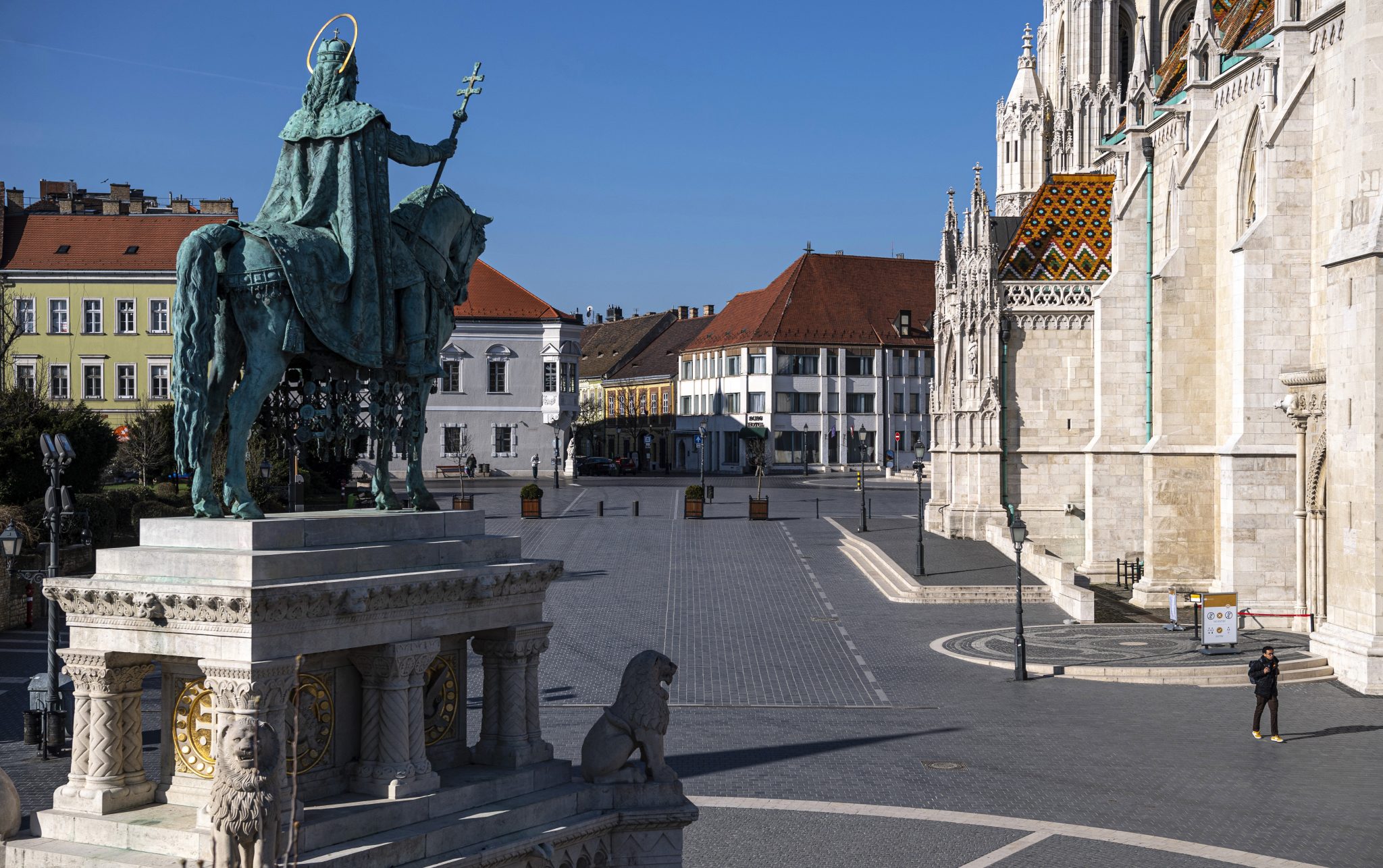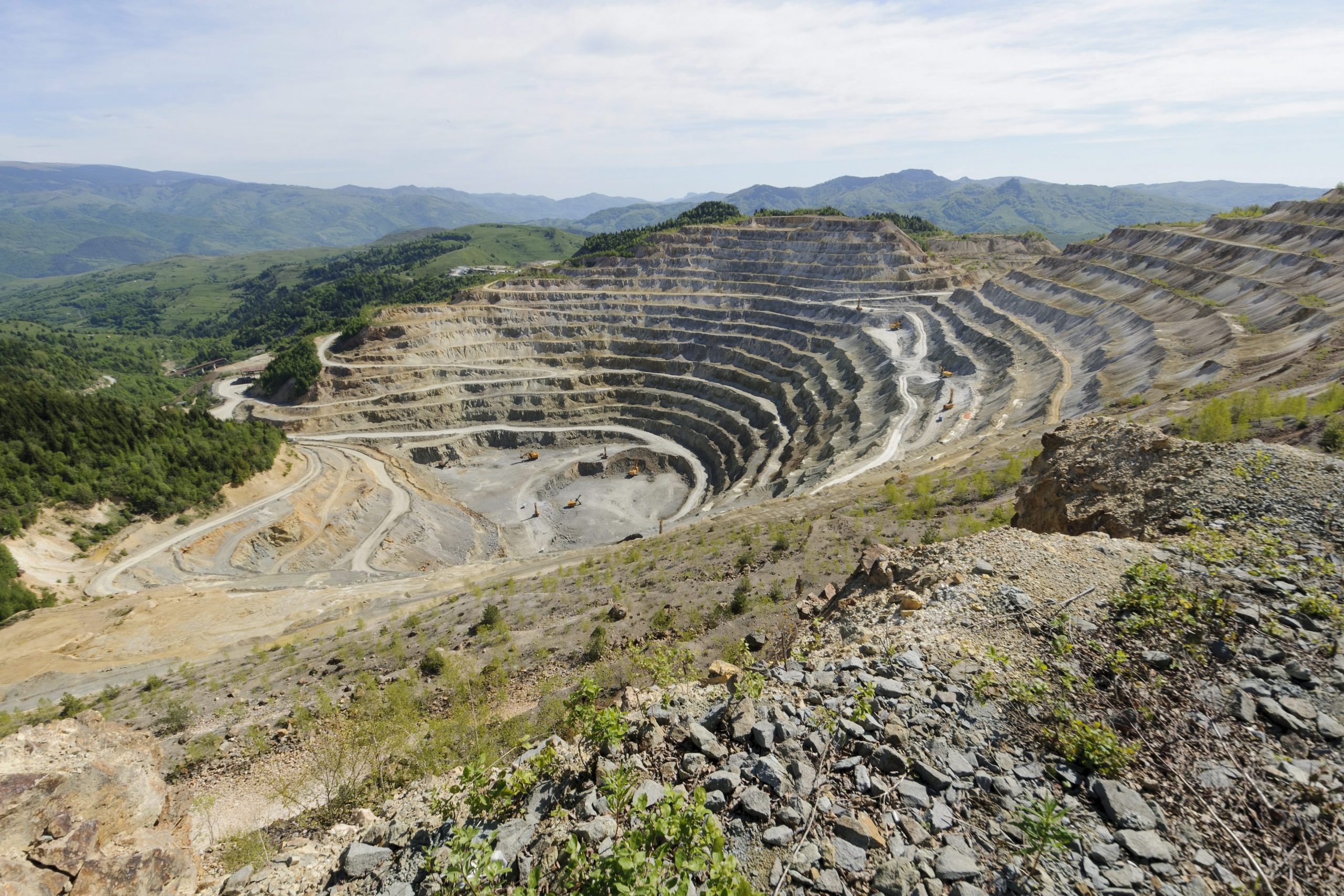
The committee will make another assessment of the cityscape along the Danube in central Budapest, the Castle District and Andrássy Avenue in a year's time.Continue reading

UNESCO declared the ancient Roman gold-mining area of Verespatak (Rosia Montana) located in Transylvania, Romania a world heritage site on Tuesday. In addition, the UN agency also added the site to the list of world heritage sites that are in danger.
Romania’s president, Klaus Iohannis, quickly welcomed the decision in a post on social media.
“I salute the inclusion of the cultural mining landscape of Rosia Montana in the world heritage [list],” Iohannis wrote on Facebook, adding that it “should become a model for enhancing the value of heritage through the sustainable development of the area.”
Barna Tánczos, the government’s environment minister from the Romanian ethnic Hungarian party RMDSZ, was also positive about the news saying it provides an opportunity for the sustainable development of tourism in the region.
Not everyone was happy about the decision, however. The mayor of Verespatak, Eugen Furdui, from the largest ruling party (the National Liberal Party), expressed his discontent with the decision, saying it was unfavorable for the residents of the municipality. The mayor said the decision of UNESCO was an obstacle to the extraction of Europe’s largest gold reserves and would hinder and make the process of obtaining planning permission for construction much more bureaucratic for the municipality’s residents.
The region of the ancient Roman gold-mining area has been at the center of intense political disputes between environmentalist groups and economic interest groups for decades now.
In Verespatak and the surrounding region in the early 2000s, the company under the name of Rosia Montana Gold Corporation (RMGC) wanted to open Europe’s largest open-cast gold mine, where 330 tons of gold and 1,600 tons of silver would have been mined using controversial cyanide technology. Although state authorities granted permits to the company, they were unable to gain full authorization for the project as Romania’s courts annulled them following appeals by environmental groups.
Due to the environmental dangers of the technology, countrywide protests started and Romania’s former leftwing government withdrew its support from the plans in 2013. The project has so far remained in limbo waiting for official approval. In 2016, Romania also declared Veresbánya a site of historical interest, granting it protection from mining activity.
Since then, Gabriel Resources, the parent company of RMGC, has taken Romania before the World Bank’s International Center for Settlement of Investment Disputes, seeking EUR 3.7 billion in damages. Many believe UNESCO’s most recent decision could significantly affect this legal procedure.
Featured photo by Zsolt Czeglédi/MTI